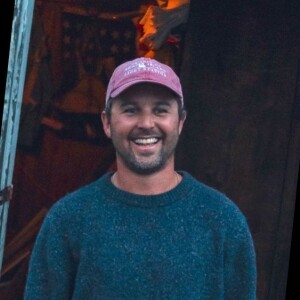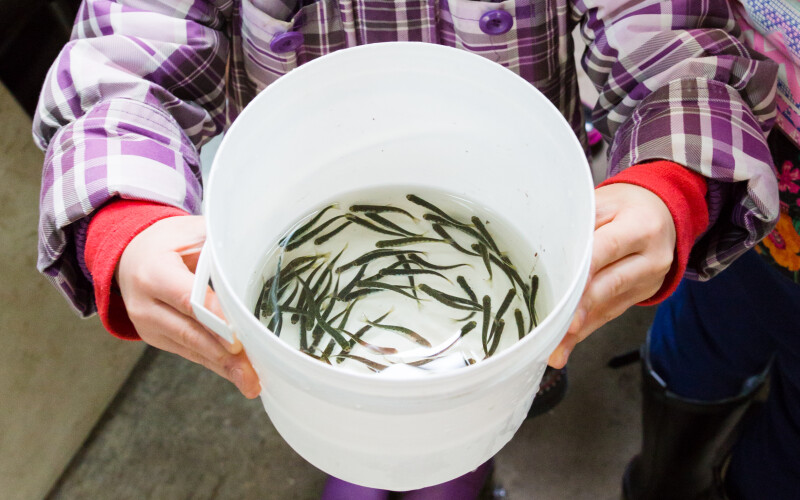In a recently published global synthesis consisting of 206 peer-reviewed studies from 1970 through 2021, conclusions emphasize the detrimental effects that hatchery salmon have on wild populations. The research, published by Fisheries Management and Ecology in July 2023, highlights how human efforts to bolster wild salmon numbers through hatchery programs have hindered rather than helped their populations.
The authors of the global synthesis study acknowledged the complexity of the issue, stating that their aim was to provide a transparent and updatable synthesis of existing research without delving into the social, political, and legal aspects surrounding hatcheries. The study focused solely on evaluating the scientific evidence related to the impacts that hatcheries have on wild populations.
Before delving into the study's findings, it's important to understand the distinction between wild and hatchery salmon. Wild salmon are those that live and breed in their natural environments without human interference, evolving over generations to adapt to their surroundings through natural selective pressures. On the other hand, hatchery salmon are artificially bred and raised in controlled environments, with certain selective pressures removed, such as female choice and male-to-male competition. Omitting these pressures allows for unnatural juveniles to survive, later introducing hatchery salmonids to wild populations through largescale releases into the North Pacific.
Researchers found that large releases of hatchery salmonids triggered adverse density-dependent responses in various co-mingling populations of wild salmonids. These responses encompassed reduced survival, growth, fecundity, body size, and abundance of wild salmonids that rely on the same common pool prey resource. The effects were observed across different species and countries, suggesting the wide-ranging nature of the issue.
The study also highlighted the influence of the sourced broodstock (reproductively mature adults in a population that spawn), and the intent behind hatchery programs. Traditional "production" type hatchery programs typically breed only hatchery individuals, often from non-local sources, primarily aiming to provide fisheries. On the other hand, modern "supplementation" programs integrate some wild fish into their broodstock. The researchers suggested that the effects on wild fish could differ based on these factors and called for further investigation into the varying impacts of different hatchery strategies.
Among the studies cataloged in the synthesis, only a meager three percent found hatchery programs to be beneficial for wild fish. Eight percent regarded hatchery practices as benign, causing no damage to wild runs, and 13 percent concluded that hatchery operations had only "minimally adverse" effects on wild fish. An overwhelming 70 percent of studies pointed towards the negative impact that hatchery salmon have on their wild counterparts.
In Alaska, concerns have arisen regarding industrial-scale hatchery operations and their potential to replace wild fish in the ocean due to their high survival rates. The synthesis study highlighted extensive research focused on the consequences of releasing approximately 4.5 billion hatchery Pacific salmon into the North Pacific Ocean annually. These releases represent a substantial portion of total salmon biomass in the region.
While the study acknowledged that there is no definitive proof linking hatchery salmon to declines in wild populations, the weight of evidence strongly suggests their negative influence. With the adverse effects spanning species, countries, and decades of research, the issue requires urgent attention. Striking a balance between hatchery programs and the preservation of wild populations is crucial to ensure the sustainability of salmon ecosystems worldwide.
Fisheries Management and Ecology is an aquatic biology journal that brings together studies and reviews of fishery management and ecology from across the world. This global synthesis study was led by fisheries scientist John McMillan, current Science Director for Trout Unlimited’s (TU) Wild Steelhead Initiative. Additional contributors were Nick Chambers (University of Washington's School of Aquatic and Fisheries Sciences), Greg Ruggerone (National Resources Consultants), Jack Stanford (Flathead Lake Biological Station), Brian Morrison (Brian Morrison Consulting), Louis Bernatchez (Institut de Biologie Intégrative et des Systèmes), and Helen Nevel (TU).






